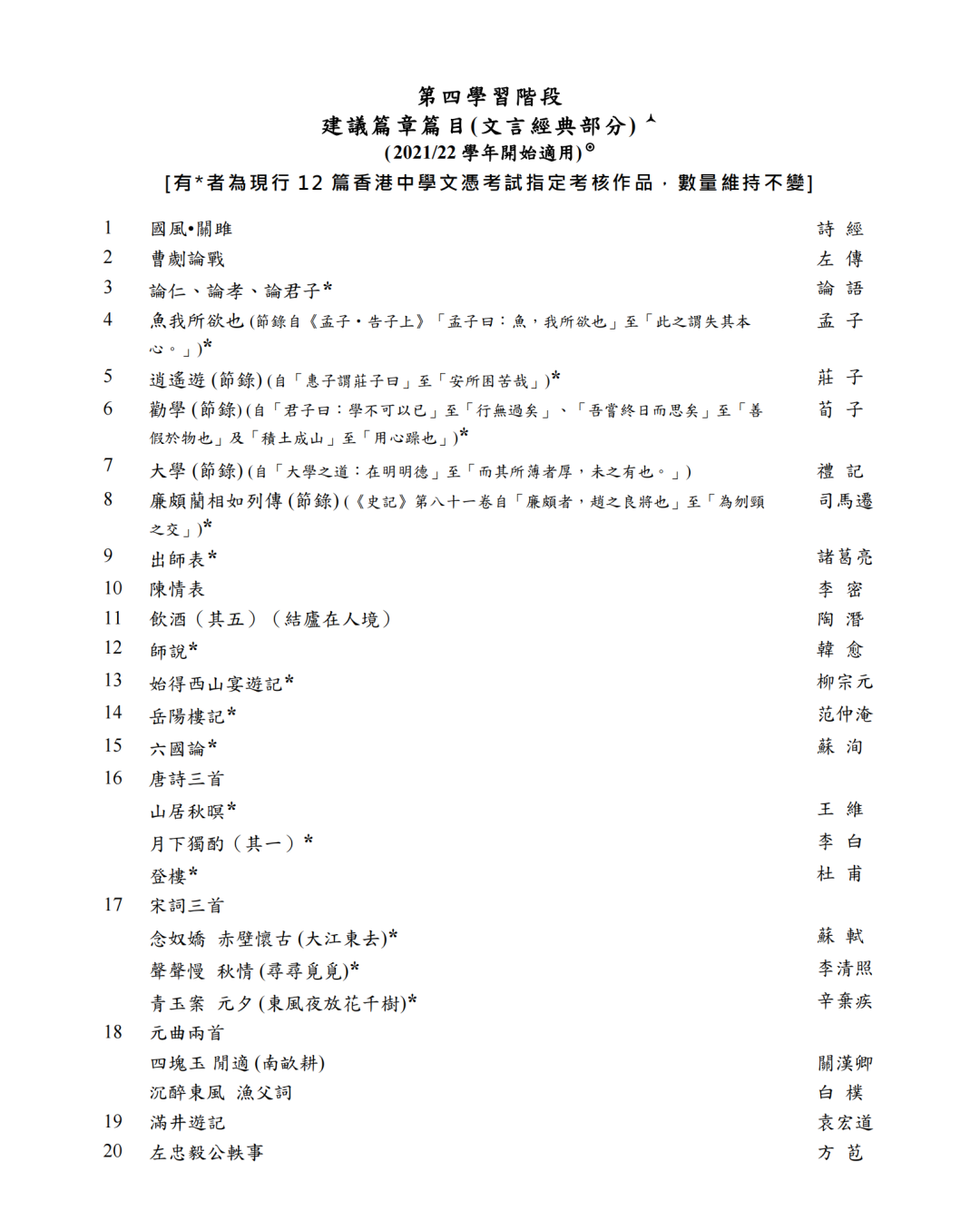新大綱下paper 2的題目量增多,考試時間也由原來的90分鍾提升到了120分鍾。但真的做下來會(hui) 發現時間很緊張。本次我將結合官方的評分標準來給大家分享下 AS 12分大Essay如何輕鬆拿高分。
Assessment objectives
AO1 Knowledge and understanding.
- Show knowledge of syllabus content, recalling facts, formulae, and definitions.
- Demonstrate understanding of syllabus content, giving appropriate explanations and examples.
- Apply knowledge and understanding to economic information using written, numerical, and diagrammatic forms.
Assessment objectives 1 的得分點主要在於(yu) 對於(yu) 經濟學概念的理解,我們(men) 可以通過定義(yi) ,例子以及畫圖的形式去拿到這一部分的分數。很多人在開頭都會(hui) 定義(yi) 很多經濟詞匯,但其實我們(men) 並不需要定義(yi) 太多。
要避免開頭寫(xie) 的像是定義(yi) 列表一樣。一般來說一個(ge) Essay裏定義(yi) 1-2個(ge) 經濟學定義(yi) 就足夠了。
保證我們(men) 寫(xie) 的定義(yi) 是和這道題是最相關(guan) 的知識點。某些情況下我們(men) 也可以直接用公式來代替文字的定義(yi) (如PED,PES)另外,如果能夠給出一些列子也是很好的。例如我們(men) 在說Public good 除了解釋non rival and non excludable 以外還可以給個(ge) public good 的例子如lighthouse, street light.幾乎絕大多數的Essay都有圖可畫。
一般來說當我們(men) 向讀者解釋經濟體(ti) 所麵臨(lin) 的問題時會(hui) 用到Diagram(比如某國經濟衰退,某企業(ye) 壟斷或產(chan) 生汙染等)。另外一處會(hui) 用到Diagram的地方就是解決(jue) 方案的部分。當我們(men) 說某某政策(如tax, regulation等)可以有效的解決(jue) 某經濟問題時,我們(men) 也可以用圖來表示。
一張有效的圖應該包括以下幾點。
1. 完整的標題如:“The market for apples in China”
2. 標注所有的lines
3. 用字母標注出所有交叉點,以便你在後續的文章中引用它們(men) 。
4. 把圖上一些關(guan) 鍵區域可以用不同顏色的陰影展現(如consumer surplus, producer surplus)
5. 標出準確的價(jia) 格和數量(或者是價(jia) 格和數量變化的百分比) 如果你選擇的文獻裏沒有具體(ti) 說明價(jia) 格和數量,那麽(me) 使用P1,P2,Q1,Q2這樣的符號。 這裏卓老師建議大家盡可能選擇有提供量化數值的文獻。
6. 盡可能詳細完整的標注出X軸和Y軸。下麵我們(men) 以Demand and Supply curve for apples作為(wei) 例子。
|
X軸標簽 |
Y軸標簽 |
質量 |
|
Q |
P |
低 |
|
Quantity of apples |
Prices of apples |
中 |
|
Quantity of apples in Kgs |
Price of apples in dollars($) |
高 |
AO2 Analysis
- Examine economic issues and relationships, using relevant economic concepts, theories, and information.
- Select, interpret, and organise economic information in written, numerical, and diagrammatic form.
- Use economic information to recognise patterns, relationships, causes and effects.
- Explain the impacts and consequences of changes in economic variables.
Assessment objectives 2 的得分點主要在基於(yu) 題目用我們(men) 所學過的經濟學理論來分析經濟問題產(chan) 生的原因或影響。如果在前麵畫了圖,在這一部分我們(men) 需要對於(yu) 圖進行係統講解。
學生常犯的一個(ge) 大錯誤就是他們(men) 雖然會(hui) 在Essay 中提到一些經濟學理論或模型(也就是圖),但他們(men) 往往跳過Explanation的部分。很多同學把知道要畫圖,但是也就僅(jin) 僅(jin) 畫了一張圖,對於(yu) 圖的解釋幾乎沒有。我們(men) 在寫(xie) 一篇評論的時候常常會(hui) 默認讀者已經明白了我們(men) 在說什麽(me) ,這是人類的天性,總是隻站在自己的角度思考問題。
因此要想寫(xie) 好Explanation,你需要逼著自己把每一步都解釋清楚。
下麵我們(men) 來看一個(ge) 例子。我曾經的一位學生在一篇關(guan) 於(yu) 宏觀經濟問題的分析文章中這樣寫(xie) 到“ Higher interest rate lead to lower consumption and investment”你可以能會(hui) 覺得這樣寫(xie) 沒什麽(me) 問題,這位學生說的沒錯,Higher interest rate 確實會(hui) 導致Lower investment。但是ALEVEL經濟其實是一門重視過程而非結果的學科,我們(men) 需要更詳細的去展現Interest rate 是如何影響investment這一過程。
下麵我們(men) 來看看一個(ge) 比較好的Explanation是什麽(me) 樣:“If commercial banks passed on this increase interest rate to their customers, it would raise the cost of borrowing and increase the reward for saving. This would cause consumers to save more and spend less, thus reducing consumption. Also, higher interest rate also means higher cost of borrowing of firms. It would lower the amount of profit firms have available to invest, thus lowering investment level consumption and investment are components of AD (AD=C+I+G+(X-M)), as consumption and investment fall AD will also fall.
像上麵這樣每一步都寫(xie) 的很清楚並不容易,卓老師的建議是多看一些經濟教材或者文獻資料裏是怎麽(me) 解釋的,嚐試借鑒一下。
AO3 Evaluation
- Recognise assumptions and limitations of economic information and models.
- Assess economic information and the strengths and weaknesses of arguments.
- Recognise that some economic decisions involve consideration of factors such as priorities and value judgements.
- Communicate reasoned judgements, conclusions, and decisions, based on the arguments.
Assessment objectives 3的得分點主要在於(yu) 辯證分析,提出不同於(yu) 前麵的觀點又或者是展現先前經濟理論的局限性。最後,不要忘記結論。
我們(men) 寫(xie) 的每一篇Essay都是圍繞一個(ge) 問題展開的。舉(ju) 例來說,如果題目是說吸煙導致患肺病人數上升。那麽(me) 在我們(men) 的評論裏至少要Evaluate 一個(ge) 解決(jue) 方案。最好是文章裏已經提及到了的解決(jue) 方案(如加稅)。如果文章裏並沒有提及任何解決(jue) 方案的話那麽(me) 你就要自己建議一個(ge) 並evaluate。
這裏你需要選擇的是最合適的解決(jue) 方案而不是那些一看就明顯不合適的,總之就是要考慮到實用性。關(guan) 於(yu) 常見Evaluation Point 大家可以參考下麵幾點。
Short run, long run 考慮短期和長期的不同效果
Stakeholder 從(cong) 不同利益群體(ti) 的角度分析
Significant 影響程度
Pros and Cons 利弊分析
Other factors 其他需要考慮的因素
Measurement 測量不準
Information 文中信息是否可靠
下期我會(hui) 給大家分享下Paper 4 20分長論文題目的高分秘籍,敬請期待。











評論已經被關(guan) 閉。